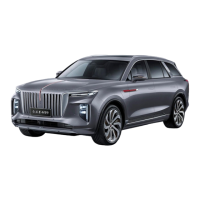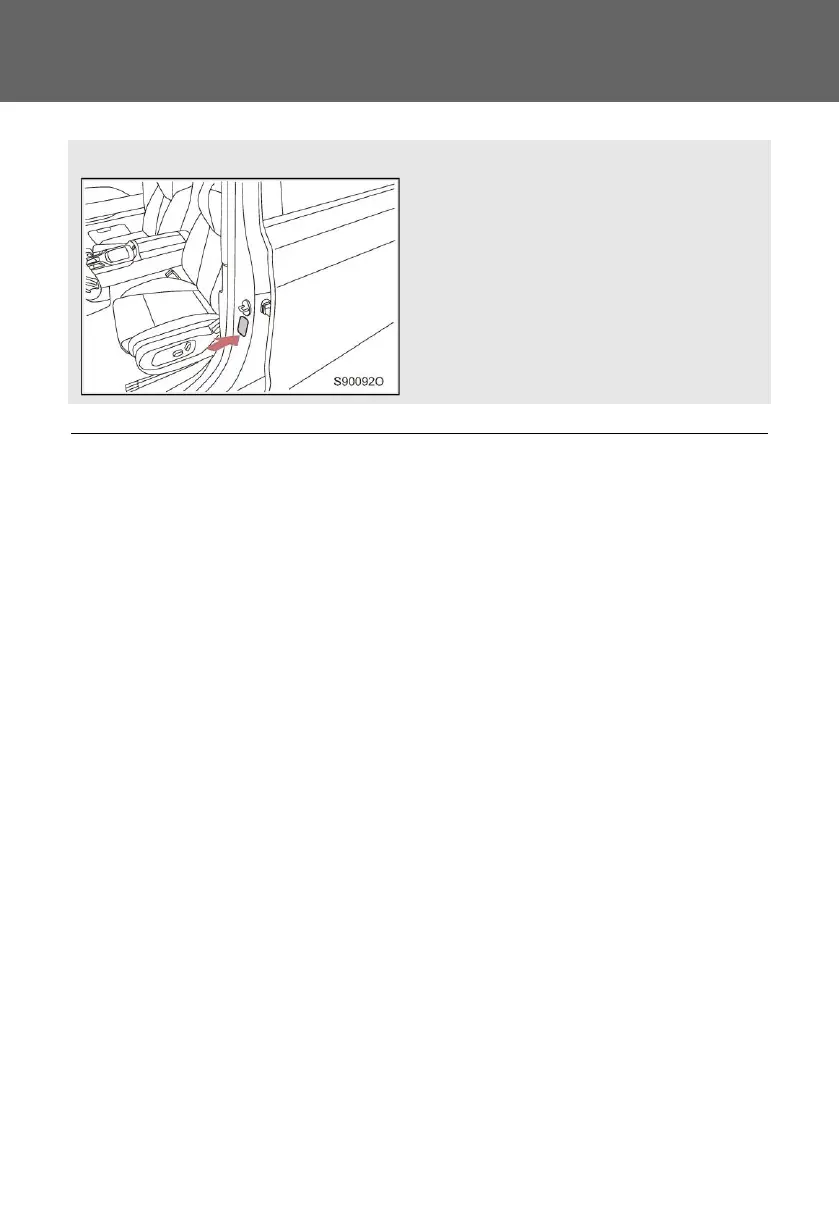◼ Consequences of incorrect tire pressure
Low tire pressure:
⚫ Rolling resistance becomes greater and power consumption increases.
⚫ This leads to reduced overall vehicle controllability and stability.
⚫ It may cause damage and high temperature, leading to a blowout, and when the tire
pressure is seriously insufficient, it may cause the tire to detach from the rim and
reduce safety.
⚫ Causes bias wear on both sides of the tire.
High tire pressure:
⚫ This leads to a reduction in the overall comfort of the vehicle.
⚫ Causes excessive wear in the middle part of the tire.
⚫ Excessive tire pressure can easily produce internal cracking and blowout when the
tire is impacted.
◼ Tire pressure check guide
Even if your vehicle is equipped with a TPMS, which can remind you of the tire pressure
condition in time, please check the tire pressure at the right time.
When checking the tire pressure, please observe the following precautions:
⚫ Do not check until the tires have cooled down.
If the vehicle has been parked for at least 3 hours or has not been driven more than
1.5km, check at this time to get an accurate tire pressure reading.
⚫ Be sure to use a tire pressure gauge.
Tire appearance can sometimes be misleading. In addition, even a slightly lower tire
pressure may reduce smoothness and controllability.
⚫ Do not deflate or depressurize the tires after driving. It is normal for the tire pressure
to increase after driving.
⚫ Do not overload your vehicle.
The weight of the occupants and luggage should be evenly distributed to bring the
vehicle into balance.

